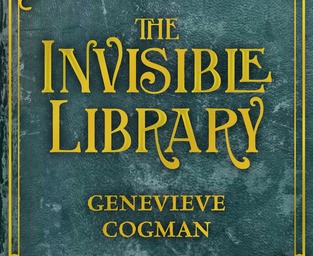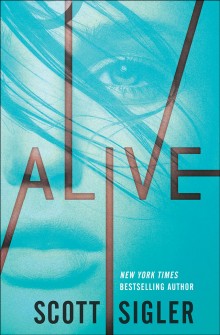I enjoyed a thoughtful post on Charles Stross’ blog recently, saying good things about the Urban Fantasy genre, and I was inspired to go looking for a novel that might get me back into it.
My issue with urban fantasy is that if I have to read another scene about a breathless teenager falling in love with a vampire or yet another sexual domination metaphor dressed in werewolf tropes, I might just have to write off the genre entirely, and I know that’s not fair.
The reason I know it’s not fair is because we have works in this genre that, even if they aren’t always to my personal taste, are unambiguously good. Be it the idea behind Mortal Instruments or the deep well of new ideas that made up the Harry Potter franchise, or the deeper, more intricate and fantastical Neverwhere by Neil Gaiman, which took the language of London and wove an incredibly rich tapestry. Unfortunately, for each of these comes a tidal wave of pulp concerning mythical creatures spouting incessant clichés.
I was quite keen, therefore to read The Invisible Library since it was quite highly recommended for the originality of its concept. I bought it on Kindle and swallowed it whole over an afternoon.
I suppose that’s the first thing to say about the book; this is not like The Bone Clocks by David Mitchell, where my reading slows down because of the density of the pattern being woven. This is a fun read, and the pages are turned quickly. You will not need to keep track of the movements of dozens of characters, nor will it be necessary (or necessarily possible) to understand the motivations of several of the characters. The book is about the action that occurs, and to a certain extent the secrets being kept.
Our protagonist, Irene, works for The Library. Capitalisation is important, The Library is not any library, it sits outside of time and space and exists for the sole purpose of collecting and preserving the works of fiction from different alternate worlds. Irene is an agent of the library, and she goes into these worlds and collects books for the library at the behest of senior librarians, such as her mentor, Coppelia.
The library also exists on the periphery of a struggle between the forces of chaos and the forces of order. By definition linked to the forces of order, the library has to be careful of chaos, which manifests in various alternate realities through the appearance of illogical things or impossible science, such as vampires, irrational magic, unexplainable mechanisms and more generally, the fae.
Irene is sent to collect a book from a world that is somewhat too far down the chaos end of the spectrum for comfort, and she soon discovers that the book she has been sent to find is important to others also, possibly critically important to all concerned, and that these others are prepared to go to great and violent lengths to obtain it.
So it’s an adventure mixed in with a detective novel, with some alternate realities and magical creatures thrown in.
I had second thoughts when I realised that I would be reading about alternate universes – another trope all too often abused – but it was well managed here, in that it gave meaning to the illogicality of much of the fantastical things that go on in the rest of the book. If glamours and charms work outside of a solid system of magic, it is because we are in an alternate world that is corrupted by the forces of chaos. Since these break down cause and effect and therefore open the gate to the irrational and the impossible, and in the context of this story, this is most definitely not a good thing.
Irene is a likeable protagonist, and even if adventurous librarians is not bursting with originality as a concept, the nature of this library (somewhat irrational in and of itself, if you ask me), is deeply original and very interesting.
This will no doubt become a series, I believe the second book is already out. I will probably read it because I enjoyed the first one. Let’s hope that the originality can keep coming and that the framework laid out in this first book is not the entirety of the edifice. If there is more to the world-building in the coming volumes, there might turn out to be a very good series behind this excellent novel.





